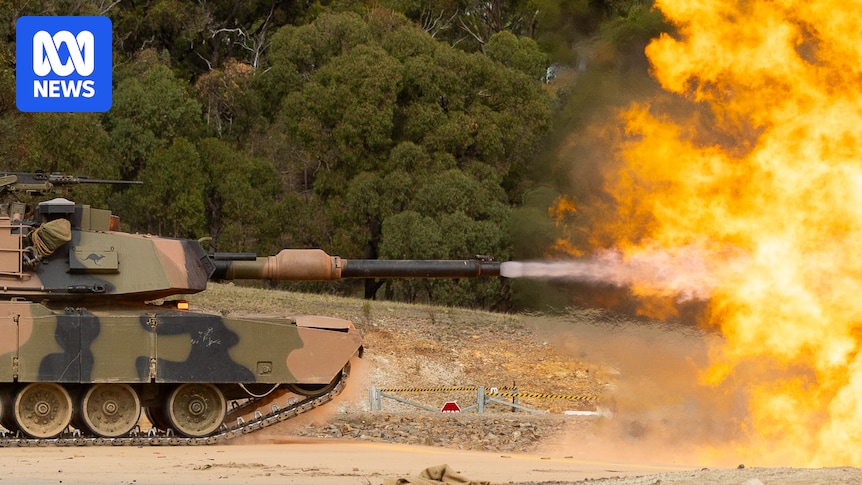The first of Australia’s retired M1A1 Abrams tanks have arrived in Ukraine, nine months after they were gifted to aid the country’s war effort.
Defence Minister Richard Marles said the tanks, first promised last October, would “make a significant contribution” to Ukraine’s “ongoing fight against Russia’s illegal and immoral invasion”.
More than half of the 49 promised tanks have now reached the Ukrainian army, according to a statement from Mr Marles, with the remainder expected “in the coming months”.
The lengthy delay was blown out by the need to gain Washington’s approval to send the US-made tanks to a third country, and what Prime Minister Anthony Albanese described earlier this year as “logistics challenges”.
US officials question use of Australia’s retired tanks as vehicles go to Ukraine
In May, when the ships were first being loaded, a US official told the ABC of American frustration about the “complicated” undertaking to send tanks that the Ukrainians would find “difficult to sustain” once in their possession.
An Australian official told the ABC in April there was “doubt if the Ukrainians actually want these vehicles”, which had never seen combat and were being replaced, and which could be vulnerable to drones given their weak roofs.
But the tanks were requested by Ukraine, and the gift has been welcomed publicly by Ukrainian President Volodymyr Zelenskyy and Ambassador to Australia Vasyl Myroshnychenko.
“These modified M1A1 Abrams tanks will deliver more firepower and more mobility to the Ukrainian Armed Forces,” Defence Industry Minister Pat Conroy said.
“They meet a direct request from the Ukrainian government and form part of Australia’s unwavering commitment to protect the global rules-based order.”
The 49 tanks come from a fleet of 59 originally purchased in 2007. They are being replaced by the M1A2 model.
They are valued at $245 million, part of a total of $1.5 billion in Australian assistance to Ukraine.
